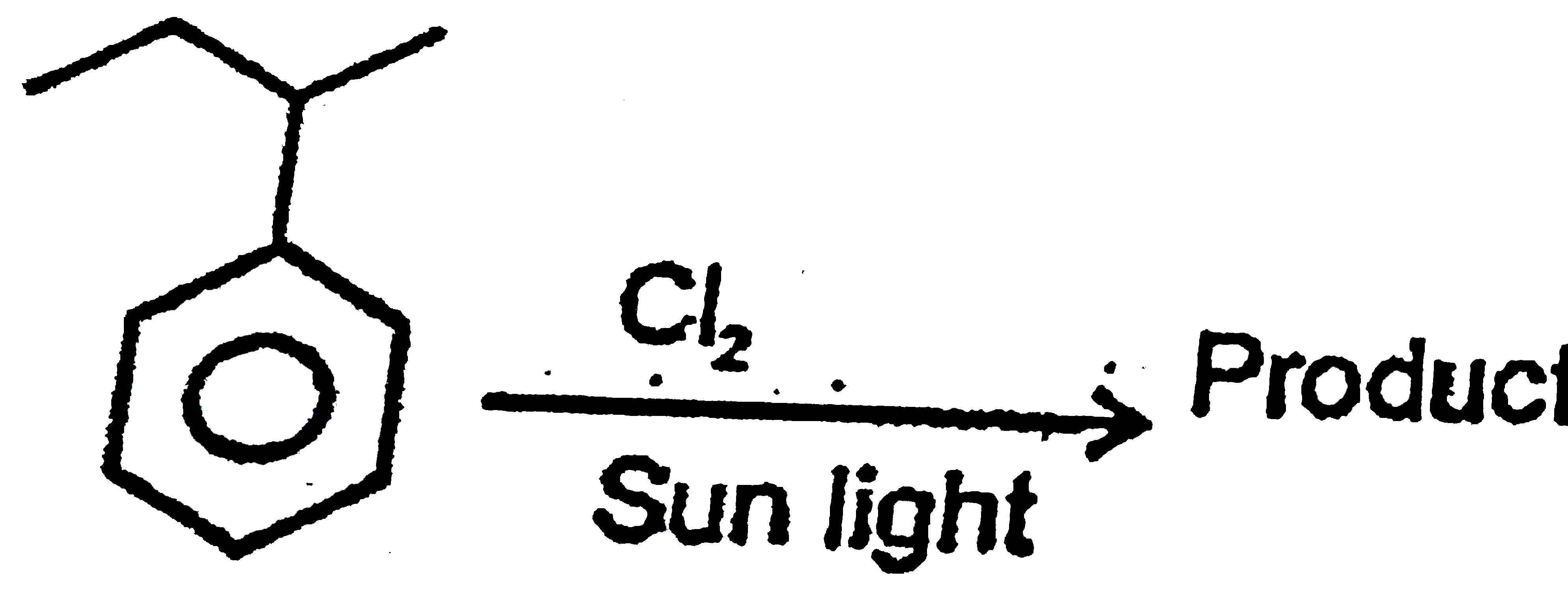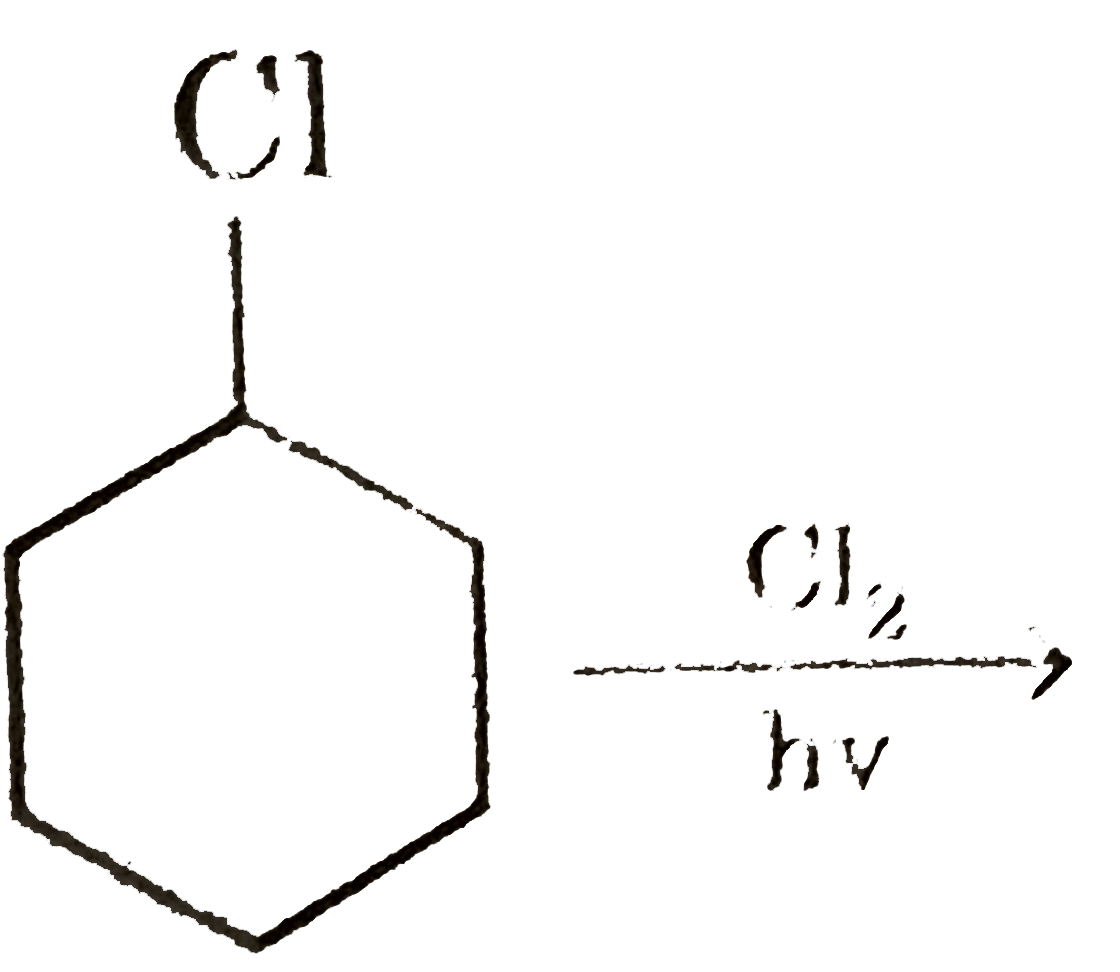 , H2/Ni−−−→Poverset(Cl_(2)//hv)rarrQ (Total number of monochloro structure products).
, H2/Ni−−−→Poverset(Cl_(2)//hv)rarrQ (Total number of monochloro structure products).
A
2
B
3
C
4
D
5
Text Solution
The correct Answer is:A
|
Topper's Solved these Questions
- STRUCTURAL IDENTIFICATIONBOOK - RESONANCECHAPTER - STRUCTURAL IDENTIFICATIONEXERCISE - Advanced level Problems (Part-II)
21 Videos
- STRUCTURAL IDENTIFICATIONBOOK - RESONANCECHAPTER - STRUCTURAL IDENTIFICATIONEXERCISE - Advanced level Problems (Part-III)
12 Videos
- STRUCTURAL IDENTIFICATIONBOOK - RESONANCECHAPTER - STRUCTURAL IDENTIFICATIONEXERCISE - Exercise-3 Jee (Advanced) (Part-II)
15 Videos
- STEREOISOMERISMBOOK - RESONANCECHAPTER - STEREOISOMERISMEXERCISE - EXERCISE (PART III : PRACTICE TEST-2 (IIT-JEE (ADVANCED PATTERN))
22 Videos
- SURFACE CHEMISTRYBOOK - RESONANCECHAPTER - SURFACE CHEMISTRYEXERCISE - Section - 5
1 Videos
Similar Questions
Knowledge Check
 (Total number of monochloro structural products) A2B3C4D5
(Total number of monochloro structural products) A2B3C4D5
Number of monochloro structures in products isA3B4C6D7 Br2/hv−−−−→ProductA
Br2/hv−−−−→ProductA B
B CBoth (a)and(b)DNone of these
CBoth (a)and(b)DNone of these
n-Pentane Cl2−−→hv(A) The number of monochloro products (including stereoisoers) for the above reaction is
View Solution
Cl2−−→hv number of theretically possible dichloro products are:
View SolutionC5H10H2/Ni−−−→(X)Cl2/hv−−−→3 monochloro structural isomers for compound C5H10 how many pairs of geometrical isomers are possible
View Solutionn-Butane Cl2/hv−−−→
Give the total number of monochloro products (including stereoisomers), which are possible in the above reaction.
View SolutionCH3−CH∣CH3−CH2−CH3Cl2−−−−−→hv(x) = Number of monochloro product including stereoisomers.
View Solution

